Ever since we took ownership of our Dongfeng Nammi, we haven’t stopped driving it. In the span of its 1st week of being the team EV we’ve added around 200 km on the odometer already.
To further celebrate the momentous achievement of buying our first car, the team decided to do something we’ve been dying to do for the longest time: a food crawl through the streets of Binondo, the oldest Chinatown in the world.
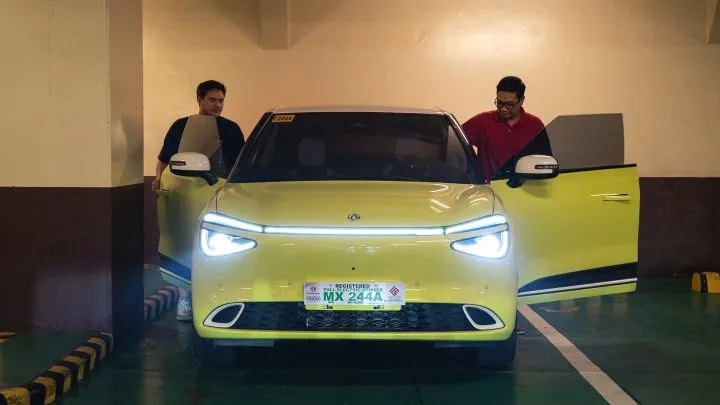
Dongfeng Nammi: Cutesy City EV
Our food crawl first consisted of a city crawl, with me having to traverse afternoon traffic to pickup Carlos (in QC) and Kelvin (in Manila), and this is where I noticed a few key things about the Nammi.
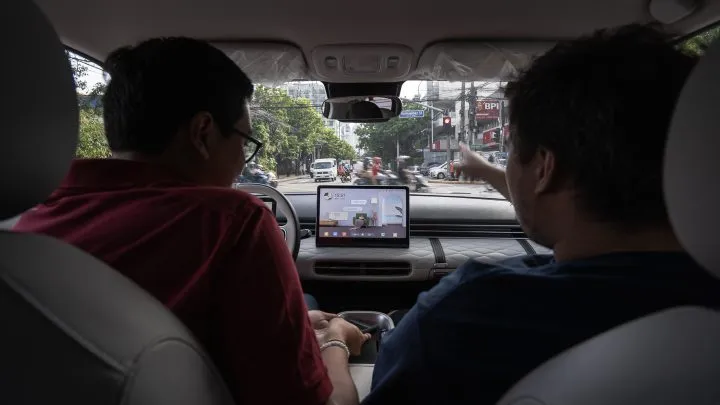
I found that as a city car it is perfectly proportioned, it isn’t too small as to be bullied or be “unseen” in traffic, but it also isn’t too big to be difficult to move around in, it is just right. Also, being an EV, the Nammi provides a tranquil driving experience that helps keep heads cool during heavy traffic conditions. Another characteristic that’s interesting is that the powertrain is zippy enough to keep the Nammi up to speed when needed, when jostling for position.
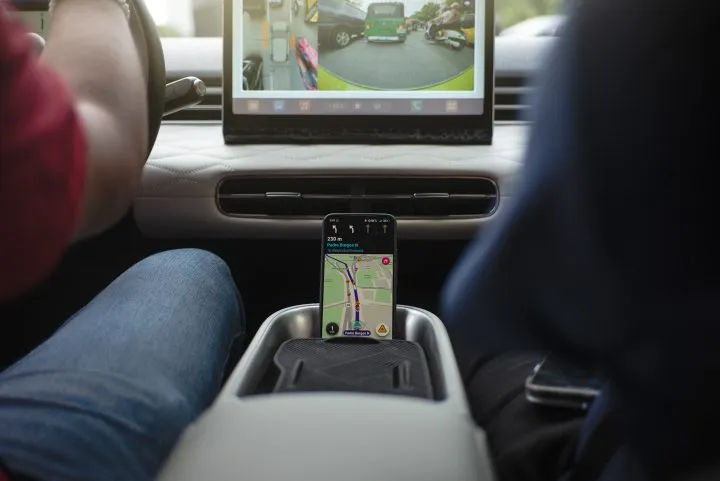
Next up is the ice-cold air conditioning system, even with 3 full-sized adults breathing, heaving, and emitting heat inside the vehicle, the Dongfeng Nammi keeps the interior literally ice-cold. We’ve had on multiple occasions increased the temperature as high as 25 degrees Celsius and lowered fan speeds. Pair the cool air with a sizeable interior, and the Nammi is a nice place to be with people. We didn’t feel cramped at all, each passenger having their own sense of space.
Lastly, while a somewhat shallow reason, as we drove alone, the three of us noticed just how many admiring looks the Nammi gets on the road. Whether it’s the color or the looks, it draws attention and even elicits smiles and laughter, which the team finds amusing.
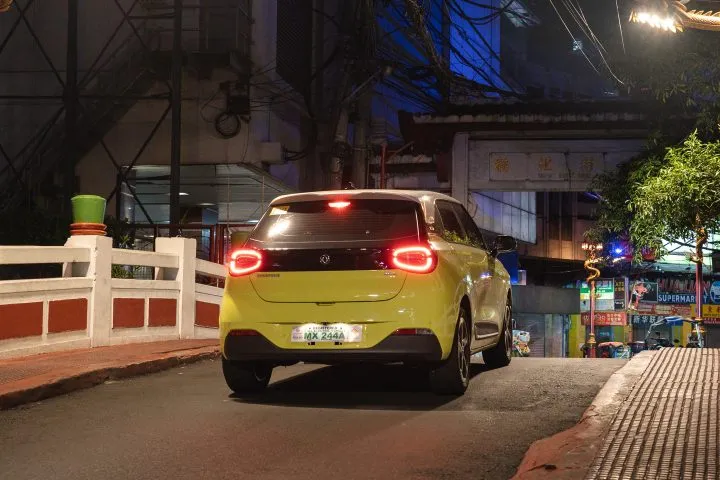
The Nammi in Binondo
Arriving at the famed archway that indicates to travellers that you are entering Binondo, it’s as if a different realm opens, a world that exists completely adjacent to the outside world, a place that can mix the new of 2025 and the traditions and way of life that make Binondo unique and somewhat quaint.
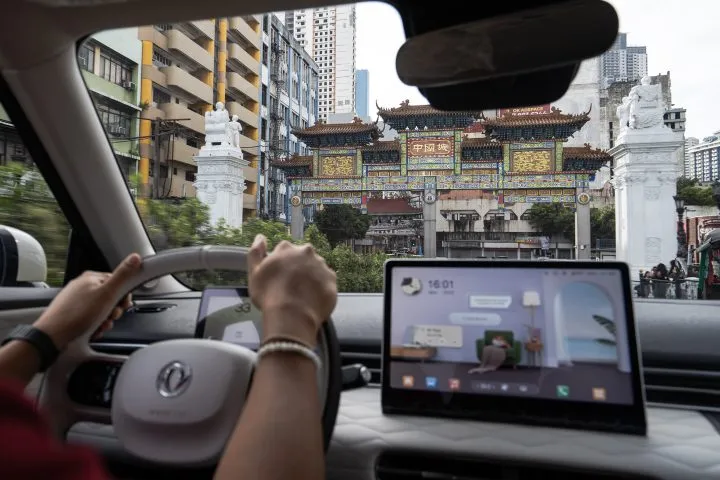
What draws the team to this “magical” place is the idea that Binondo is a mystery needing to be known and discovered, and brought out to the world. The mystery that needs to be discovered is the numerous eating joints that litter the labyrinth of commerce and trade businesses in the area. It seems as though every “hole in the wall” is offering cheap and cheerful treats. Lucky for us, Kelvin is a regular in the area and could tour our group around without much hassle.
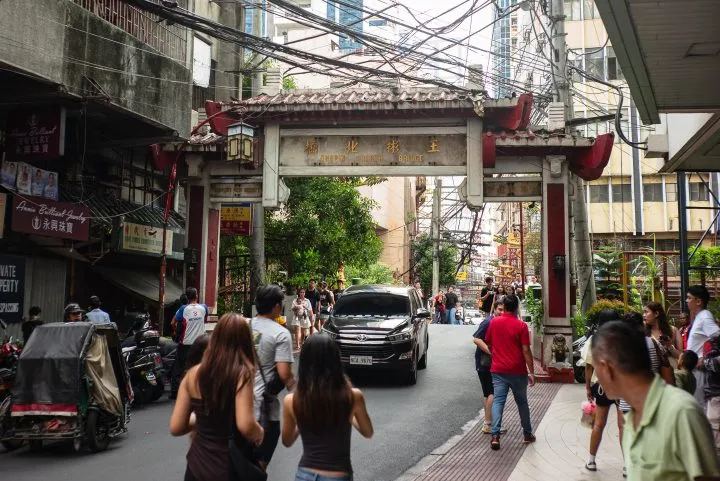
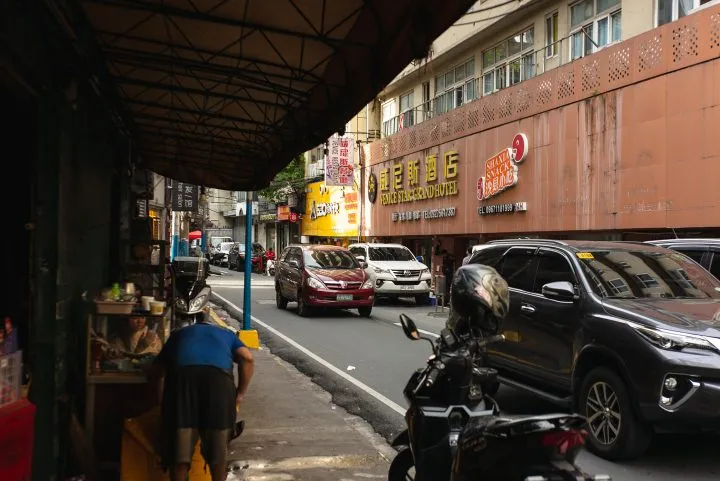
On the day we went (which was a Monday afternoon), we were surprised to see a more than healthy number of people crisscrossing the streets of Binondo, more than the usual we’d expect from a weekday. We traversed through the main roads already drawn in by the immediate tightness of the area and the vibrant life that seemed to be coursing through the streets and corners. Though Binondo is quite old, it seemed 90% of the structures had tenants and businesses in them, retaining old traditions.
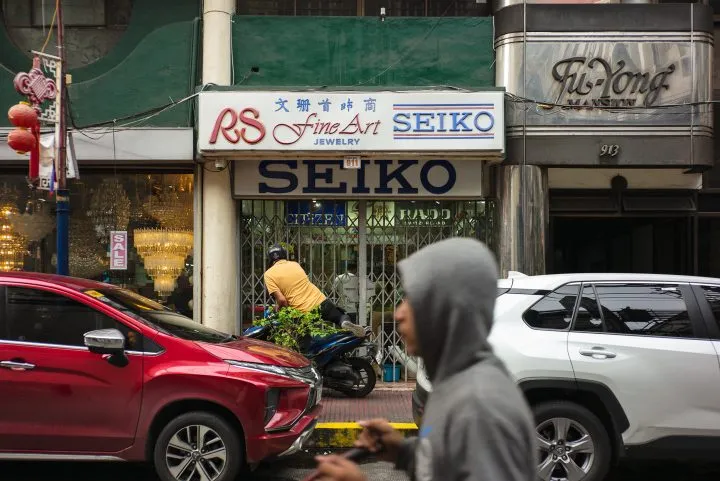

I found it funny how we were driving through these historic streets in the most modern form of transportation available in 2025, a full EV. Nonetheless, the fact that the Nammi is a rather smaller EV, we were stress-free in driving through the area, and since we had no engine, we were silently driving through, not adding to the chaos that is Binondo, not to mention we weren’t passing out exhaust fumes to the many people walking around.
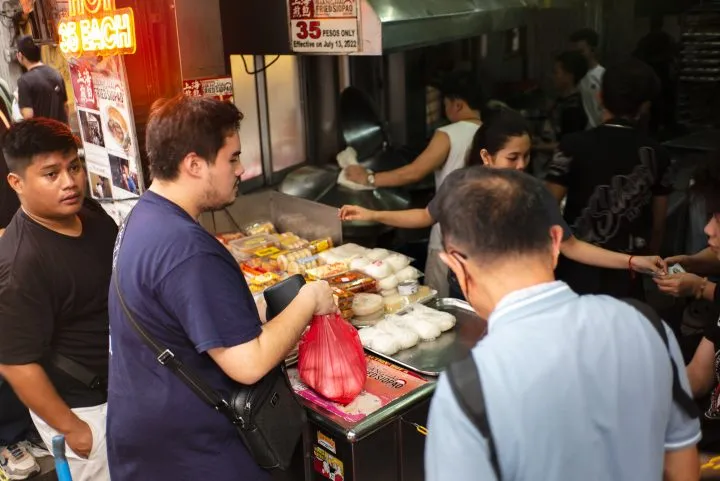
Food Crawl begins
After we found a street to properly park in, our first stop was a known Fried Siopao place, which always sells fresh piping hot Siopao for 35 pesos a piece. Each Siopao houses a hearty, scrumptious blend of juicy meat coupled with a lot of green onions, simple but extremely flavorful, and also quite filling.
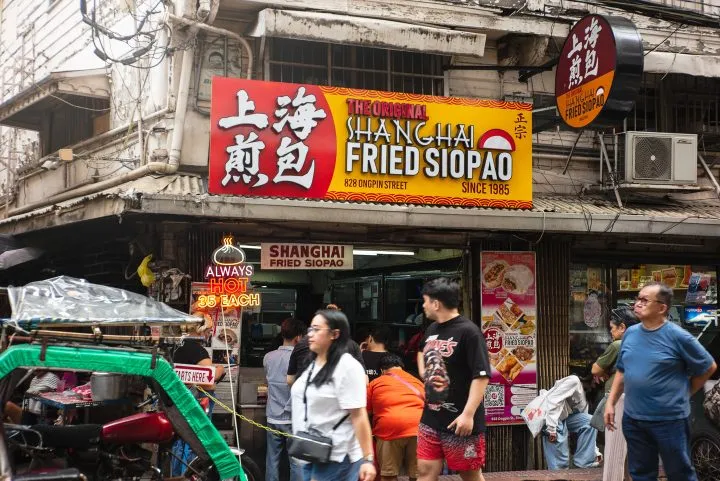
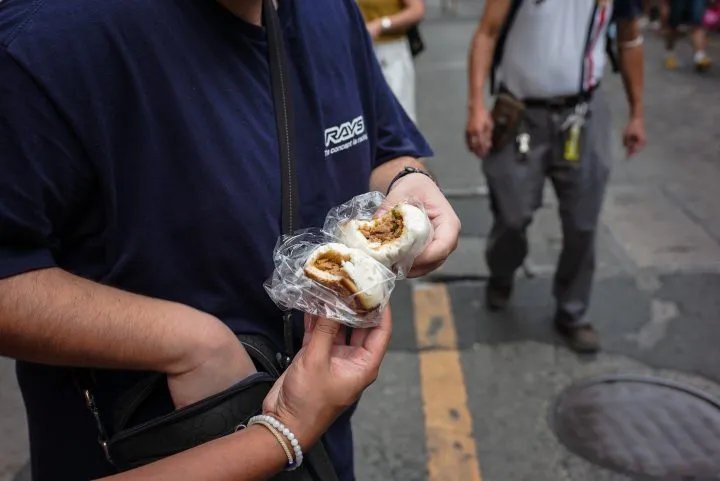
Spurred by Fried Siopaos, we walked deeper into the heart of Binondo, taking in the sights, sounds, smells, and general chaos. Every corner seemed to be bursting with life, occupied by some sort of food stall or commercial trade business. Our next stop was Don Bei Dumplings, which is a storefront and not a sit-down restaurant. We ordered a huge sampling of the Kuchay and Pork dumplings bathed in a special sauce, and to further complete the experience, we ate those delicious treats roadside in the middle of the afternoon with other customers.

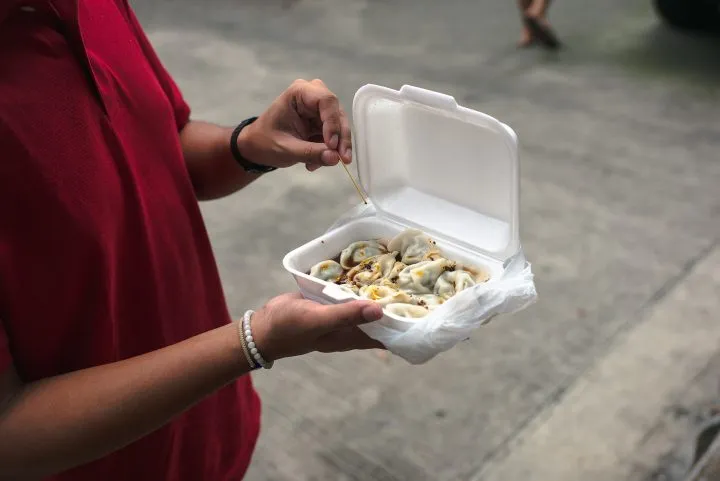
You’d think we’d be filled by now, but nope, we were just getting started. Our next destination was Beanstro Cafe, a new establishment proudly housed in Binondo. Beastro is famous for coffee and delectable treats like cookies, mango sticky rice cups, and Tiramisu cakes (which sell out quickly). We sat and sipped our energy-boosting coffees for a while and took in the crowd that surrounded us, and we noticed the general youthfulness of the people. It seems the younger generation gravitates towards Binondo, unfazed by the chaos, but rather relishing in it and even enjoying it to some degree.
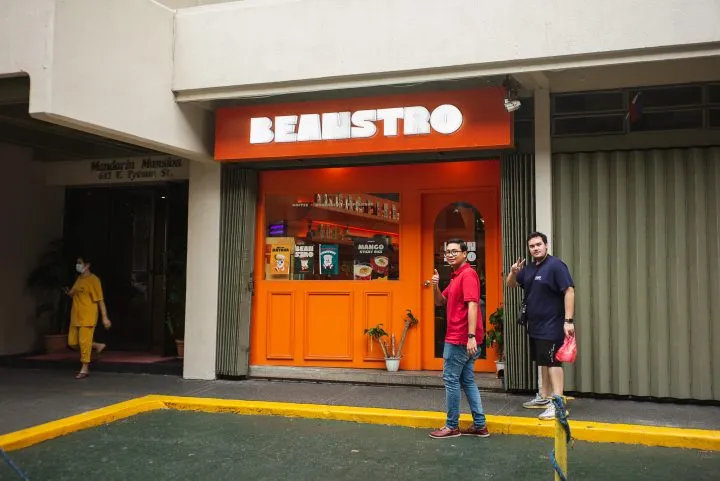
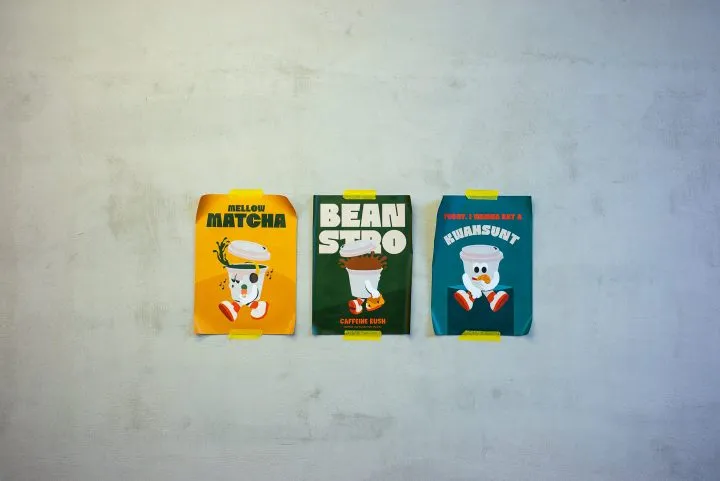
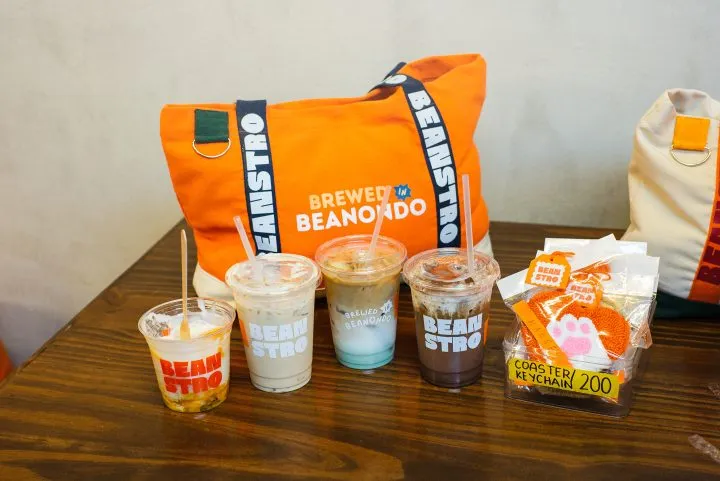
Caffeine charged, we made our way to our dinner stop situated near where we parked the Nammi, and despite having only visited a few places, we realized that we killed a lot of time as evening started to approach. Our dinner venue was on a hidden street easily missed apart from the massive archway signage. The restaurant is located on the ground floor of a rather interesting-looking condominium. We each ordered our own meals and tasted each other’s food, but we really enjoyed our simple yet perfectly executed oriental dishes.
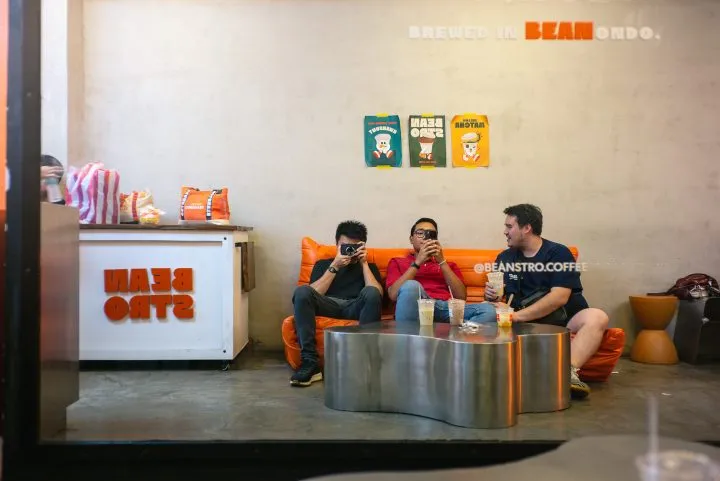
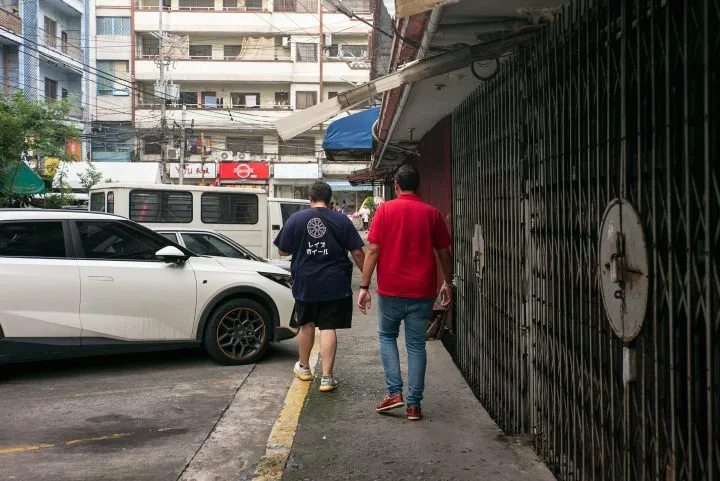
We rounded off our crawl well into the evening, having spent a considerable amount of time eating and letting the food digest before we set off again. Our final spot for the day was outside of Binondo, but in an equally historic place, Intramuros.
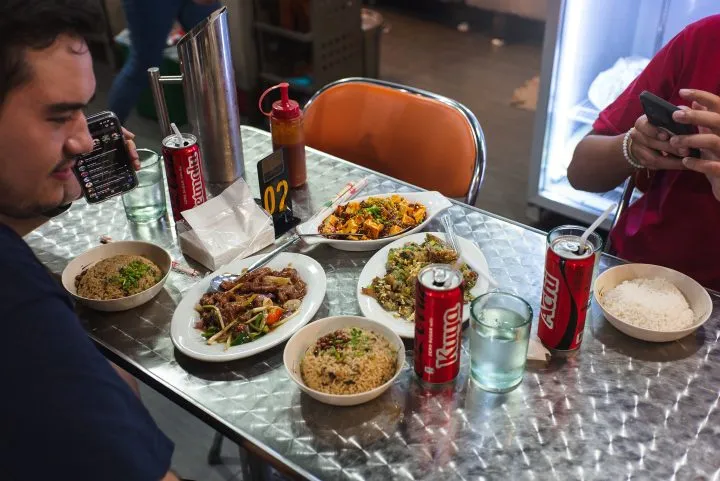
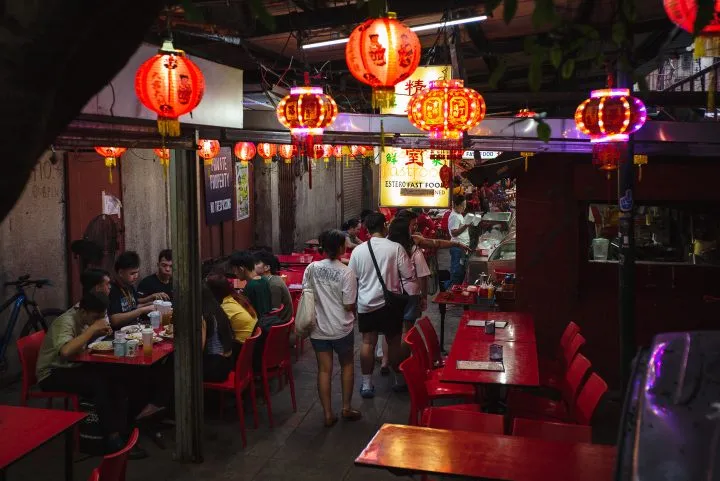
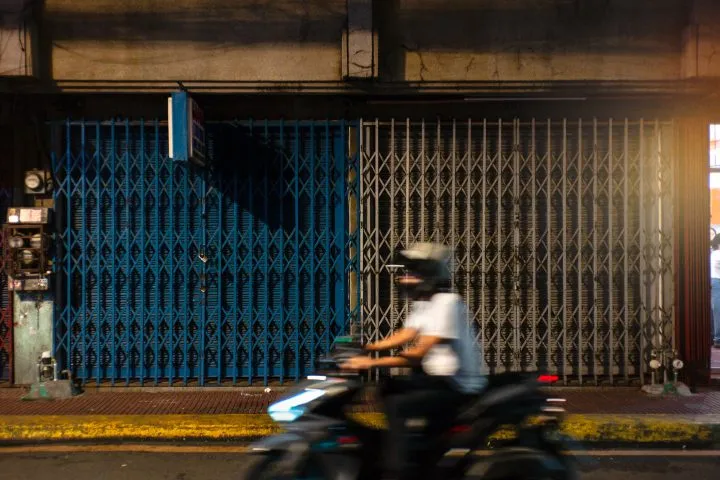
On the way there, we took the long way around, and Kelvin directed as I drove the Nammi around the area. Binondo after dark is a completely different place. With most establishments closing early (some as early as 6 pm), the streets are deserted quickly and the shop houses shuttered. It becomes this eerily intriguing place that you want to keep driving around even if everything is closed. It’s as if the life that bustled through the area just a few hours ago still lingered, and the energy was still palpable.
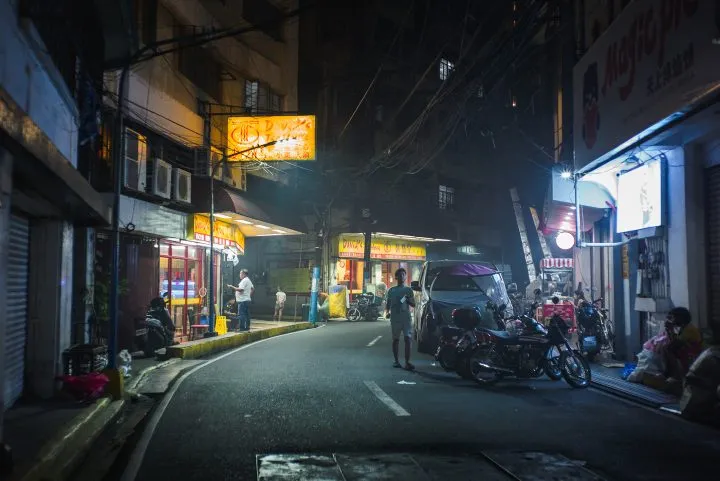
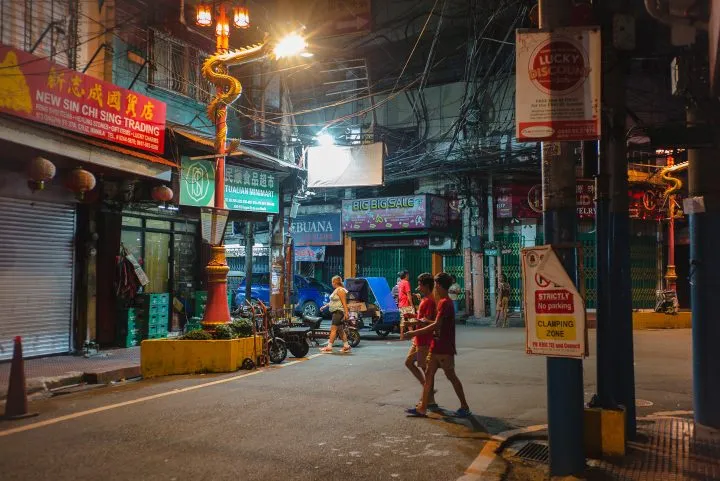
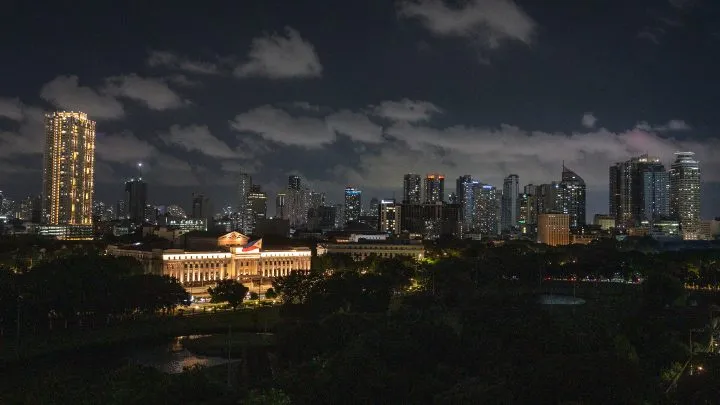
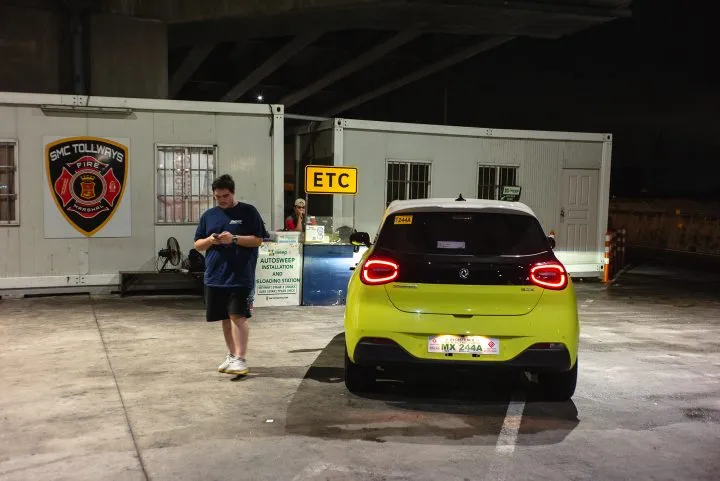
We arrived at the Bayleaf Hotel inside the walls of Intramuros to relax in their viewdeck that has a restaurant and bar, but is also a good place to get a stunning view of the Metro Manila landscape, with a panoramic layout that enables you to glance almost anywhere. This is where we “capped” our day of eating and adventure, with our last agenda item being getting RFID stickers and cards for our Dongfeng Nammi at the Balintawak Toll Plaza (Easytrip), and at the Quezon Avenue Toll Plaza (Autosweep), both with 24-hour installation services.
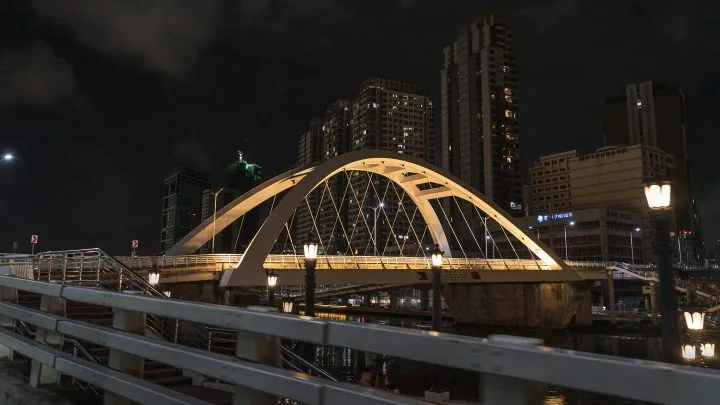
History and the future
What started out as a mere celebratory activity with the Dongfeng Nammi, became an even more meaningful trip. What we realized having spent the day inside the Nammi is that as a product of the modern world it makes sense, it feels of its time and is a window into what affordable, quality mobility could look like in the future.

At the same time, taking the time to drive the Nammi through the narrow historical streets of Manila and Binondo, we realized that by doing our part in driving more environmentally conscious vehicles that are packaged right, we are able to experience more history and go to more places without much hassle, much less contribute to the pollution of the area. What the Dongfeng Nammi allowed us to do is enjoy the trip without so much as a thought or hassle; we simply drove, parked, experienced the city, and left almost without a trace, and completely guilt free (apart from the consumed food).
